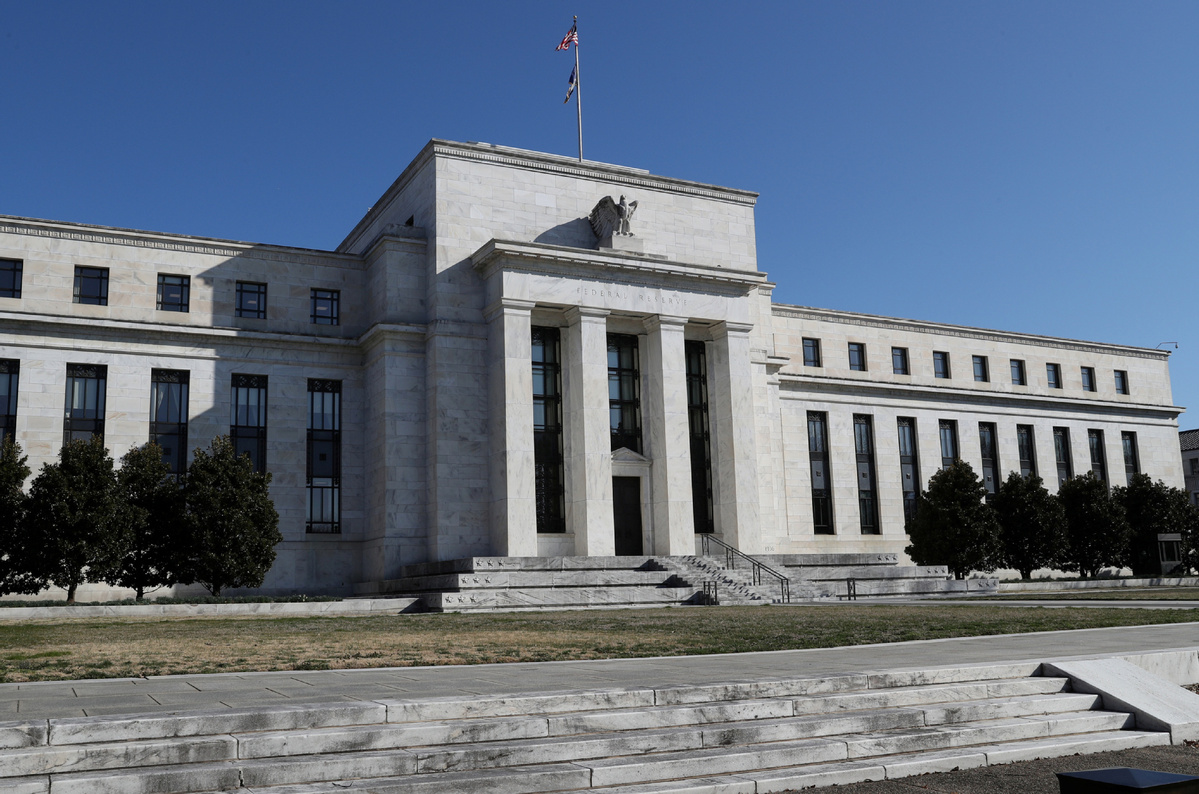Fed's shift could keep interest rates low longer
By SCOTT REEVES in New York | China Daily Global | Updated: 2020-08-28 11:00

Federal Reserve Chairman Jerome Powell on Thursday announced a new policy intended to let inflation increase "moderately" above the central bank's 2 percent target rate for short periods to support the economy and the labor market.
The action sets aside about 30 years of Fed policy to limit inflation by pre-emptively hiking interest rates.
The new policy means borrowers are likely to benefit from low interest rates for the foreseeable future.
That's good news for those planning to buy a house or car, for consumers who carry a balance each month on a credit card and for businesses planning to expand, but bad news for savers who will continue to earn little on their bank deposits.
"Many find it counterintuitive that the Fed would want to push up inflation," Powell said in a speech delivered online due to the coronavirus pandemic. "However, inflation that is persistently too low can pose serious risks to the economy."
Central bankers believe the current problem isn't the roaring inflation experienced in the 1970s but fostering economic growth when interest rates are low and can't be cut further to stimulate the economy.
Powell said the Fed's new policy reflected "our view that a robust job market can be sustained without causing an outbreak of inflation".
Powell said low inflation creates the expectation among consumers that price increases will remain low, and that has the effect of "diminishing our capacity to stabilize the economy through cutting interest rates".
He noted that the Federal Open Market Committee (FOMC), which sets interest rates, will continue to "use its full range of tools to achieve its maximum employment and price stability goals".
Wall Street reacted favorably to the Fed's new policy. Major stock indexes rose on the news, but the Nasdaq dipped at the close and finished down for the day.
"Overall we see today's developments as a significant dovish long-term shift for the Fed, but one roughly in line with expectations," New York investment bank Goldman Sachs said in a research note.
"The new policy introduces an element of make-up inflation, but characterizes the approach as flexible, stops short of a hard formulaic commitment and expresses the intention softly as 'likely' to imply inflation 'moderately' above 2 percent 'for some time.' In addition, the statement continues to note that the FOMC will respond to 'risks to the financial system that could impede the attainment of the committee's goals.'"
In March, the Fed slashed its benchmark rate to near zero from 1.5-1.75 percent. It also bought trillions of dollars in bonds to stabilize markets.
The policy increased the price of bonds, but cut the interest rate, lowering the price of borrowing and in effect increasing the money supply.
The Fed's inflation target of 2 percent is determined by core personal expenditures that exclude volatile elements such as energy and food prices.
Since the Fed established that goal in 2012, inflation has averaged about 1.6 percent and reached 2 percent briefly in 2018.
After extensive review of the old policy, Powell said the FOMC would allow inflation to rise moderately above 2 percent if it "has been running persistently" below the target.
He said the new policy will be reviewed every five years.
"Of course, if excessive inflationary pressure were to build or inflation expectations were to ratchet above levels consistent with our goal, we would not hesitate to act," Powell said.
Unemployment was at a record low prior to the economic shutdown ordered in March as part of the effort to curb spread of the coronavirus.
A strong job market led to higher wages, especially among low-skilled workers. Wages grew more quickly at the lower rungs of the economic ladder than at the top.
The US economy continues to be pummeled by the coronavirus pandemic.
First-time jobless claims totaled 1.006 million for the week ended Aug 22, down from 1.104 million the previous week, the US Labor Department reported Thursday.
Initial claims have totaled more than 1 million for 22 of the last 23 weeks.
























